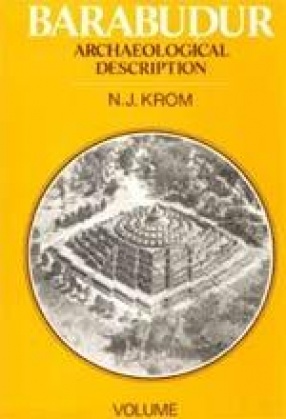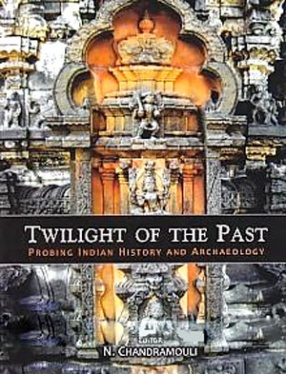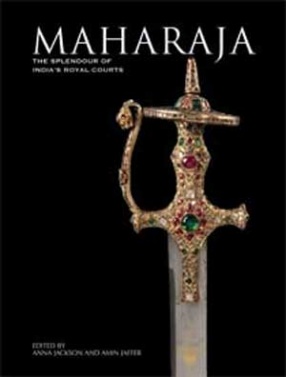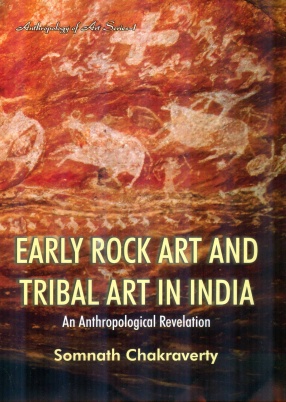Barabudur, the most magnificent monument in Java, Indonesia, is a colossal structure justly regarded as a veritable wonder by the whole world. This noble architecture, built in the early ninth century A.D. consists of nine gradually receding terraces, three uppermost ones being encircled by rings of stupas, each containing an image of the Buddha within a perforated framework. The five lower terraces are encircled by four successive galleries which contain eleven series of sculptured panels depicting the life of the Buddha and other Buddhist stories. The total number of sculptured panel in the galleries is about 1500. Not only this massive grandeur but the fine quality of the immense decorations, extensive relief sculptures and the numerous images of the Buddha deeply impress any visitor. The combination of massive quantity and fine quality invests Barabudur with a unique character. It has hardly any parallel in the world, and it may be truly remarked of its artists that ‘they conceived like giants and finished like jewelers.’ The life of the Buddha and other Buddhist stories depicted on the sculptures of Barabudur are not the imagination of the artists but based on the imagination of Sarvastivada and Vajrayana schools of Buddhism and are directly related to the ancient texts like Avadanas, Jatakas, Jatakamala, Ganda-vyuhastura, etc. A complete explanation of all that is depicted in this most splendid creation of Hindu-Javan culture was, therefore, not very easy, though efforts had been being made since the beginning of the present century. It was possible thanks to the interest and enthusiasm of the then Government of the Netherlands. A complete series of photographs of the monument were made between 1907 and 1911. Then Koninklijk Institut voor de Taat-, Land-jen Volkenkunde van Nederlandsch-Indie was commissioned to publish the archaeological and architectural descriptions of Barabudur. The result of this project was the publication of a monograph in Dutch, in two volues, the archaeological part by Nicholas Johannes Krom and the architectura part by T. Van Erp, with photographs in three big folios. The work well represents the quantity and quality of the subject it deals with. The author of the archeological part has recorded all that is known about the significance of Barabudur and what could be gained from the original sources mentioned above. An English edition of the archaeological part, in very limited copies, was issued, in 1927,-in two volumes with 4442 plates of photographs which is long out of print. The present publication is an photographic reproduction of the 1927 English edition in its entirety of the text and the illustrations.
Barabudur: Archeaological Description (In 2 Volumes)
In stock
Free & Quick Delivery Worldwide
reviews
Bibliographic information
Title
Barabudur: Archeaological Description (In 2 Volumes)
Author
Edition
1st ed.
Publisher
ISBN
8121200393
Length
xii+478p., vi+365p., Tables; Bibliography; Index; 26cm.
Subjects





There are no reviews yet.